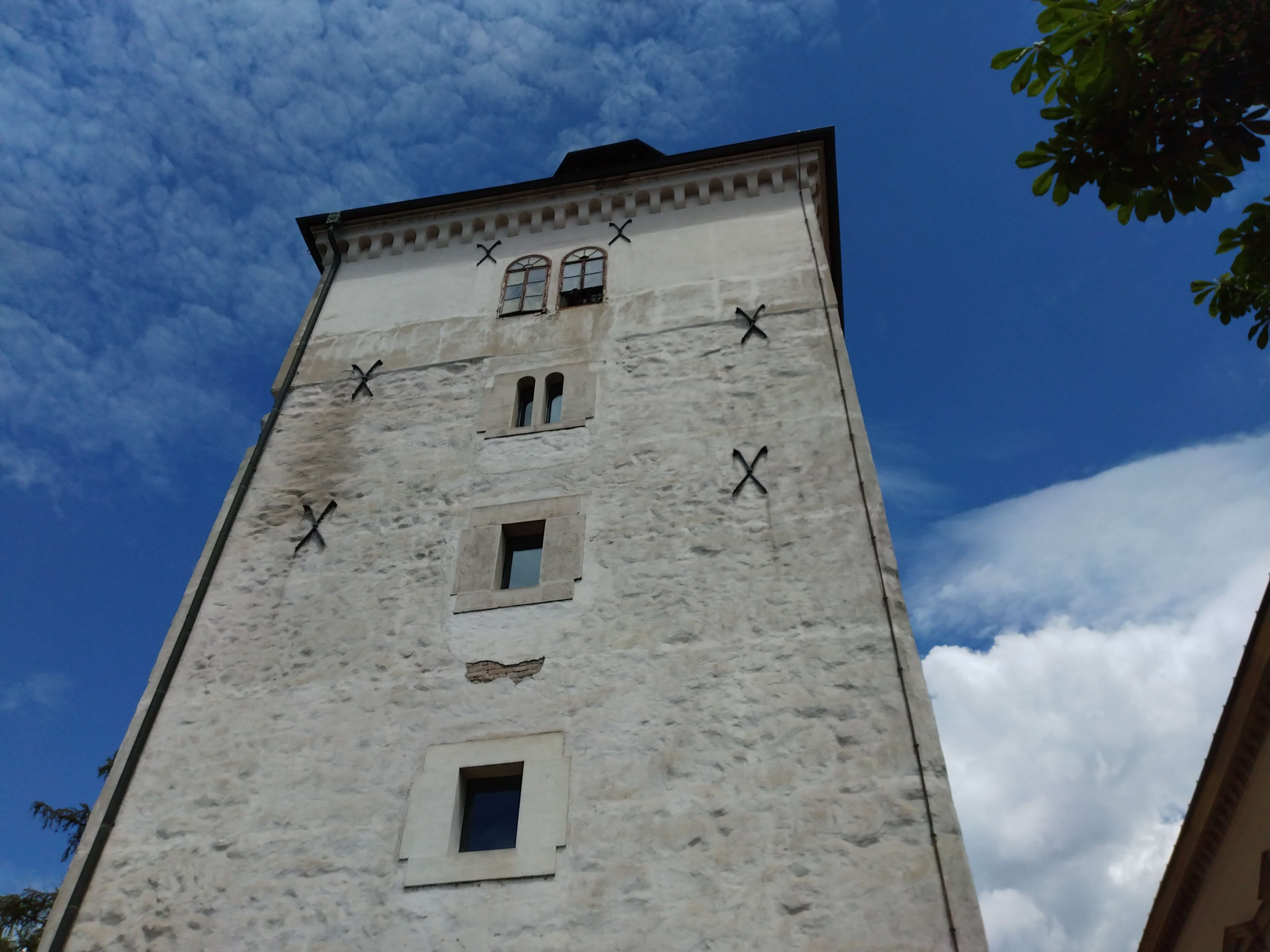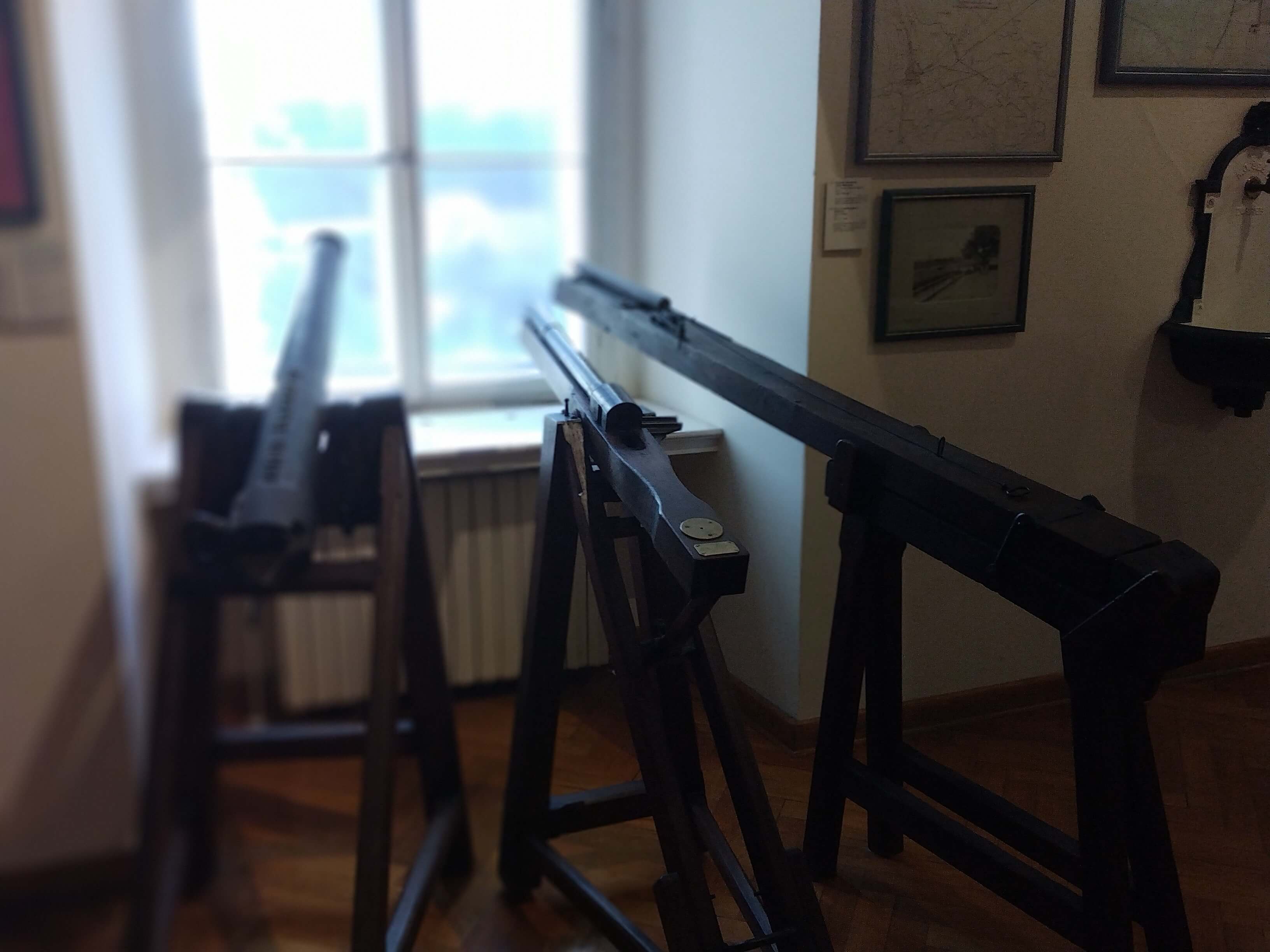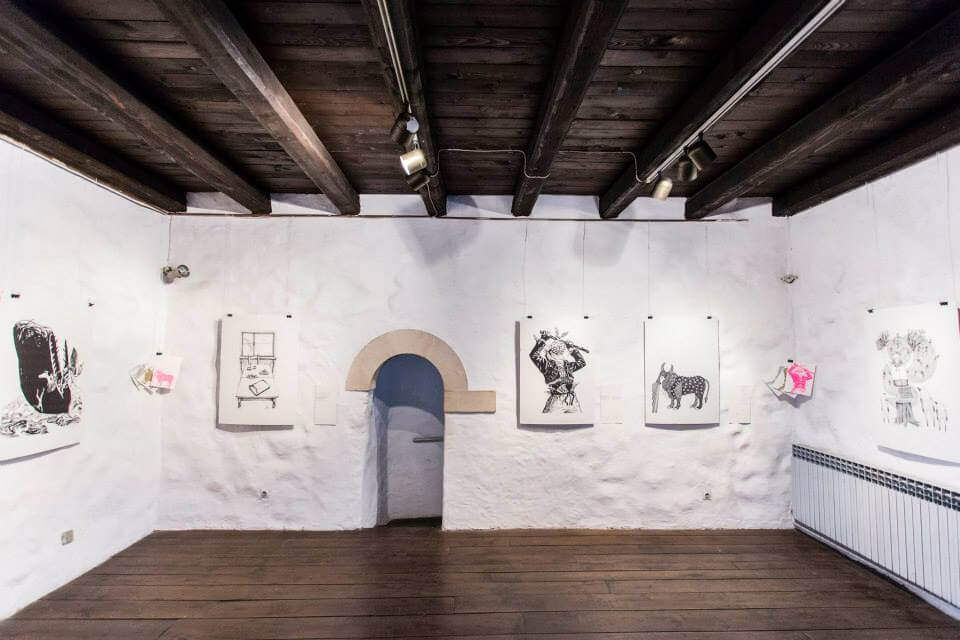Zagreb Grič Cannon: Explosive Noon Reminder
July 9, 2021 - Zagreb Grič Cannon - a reminder of noon, and a reason to avoid the centre if you aren't a fan of loud sounds. Get your noise-canceling headphones and read about the cannon's history, courtesy of TCN reporter Ivor Kruljac.
If you find yourself walking around a wider Zagreb centre (such as Savska Cesta or Marin Držić Avenue) around noon, and you focus on the sounds of the city, you may notice a weird sound in between traffic and people passing. An unusual sound, as if someone dropped a heavy box. But, if around noon, you find yourself at Ban Jelačić square or upper town, you will hear a clear and loud BANG! Fear not, as this is not a terrorist attack, and you weren't lied to when your tourist agency swore to god Zagreb is safe from such horrors. The heart-stopping bang is a signifier of noon. If you hear a boom at 11:59 or 12:01, your watch is behind a minute. The cannon states that clear and very, very loud.
Loudest time checker you could think of
Grič cannon first started signaling noon on January 1, 1877, and was located at the State's Meteorology department, back in times when Croatia was part of the Austrian-Hungarian Monarchy. It wasn't until 1927 that it was moved to Fort Lotršćak where it is situated today.
According to the Klovićevi Dvori Gallery's official website, Fort Lotrščak was named after a bell and comes from campana latrunculorum, which is Latin for „Bell of Thieves“ that rang before closing city gates. Historians aren't exactly sure what the Fort looked like in medieval times, although it is speculated based on old sketches that it had only two floors. It wasn't until 1857 that romanticistic architecture gave the fortress today's four floors and an additional tower at the very top (from which you have a breath-taking view of Zagreb today).

Fort Lotrščak © Ivor Kruljac / Total Croatia News
In the 17th century, the Fort served as trading storage and had various other ways to adapt to the need of Zagreb and Zagreb's citizens at different times. At one point, when the City was out of money to restore and repair the Fort, it gave Lotrščak to citizens for rent. Citizens who wanted the Fort also had the obligation of maintaining it, and in case of enemy assault, it was to be returned back to the City for defense purposes.
Warning shot
Speaking of defense purposes, an old legend says how this cannon managed to save Zagreb with a single shot from the Ottoman conquerors. Legend has it that the Ottoman commander Hasan Pasha (Hasan Paša) settled his army at the coast of the Sava river, in today's area of Novi Zagreb. He was preparing to cross the river and invade the city. But before that, he was about to have lunch one day, and Zagreb fired from the cannon in the Ottoman's direction, close to Hasan and blasting a chicken he wanted to eat. The shot scared the hell out of the Ottomans and they retreated, leaving Zagreb intact.
Changing arsenal
Over the course of time, there were five different Grič cannons that served the purpose of signaling noon. The current canon was given during Zagreb's Univerzijada in 1987, courtesy of the Yugoslavian National Army (JNA) as Croatia at the time was part of the Socialist Federal Republic of Yugoslavia (SFRJ).
As for the first three, you can find them today in the collection of the Zagreb City Museum. The first cannon originated in 1876 and was replaced by the second cannon in the unidentified year at the end of the 19th century. The third cannon you can see in Zagreb City Museum, and the first that was situated on Lotrščak fort, was introduced in 1928, and it was made by restoring a Polish cannon from 1912.

Three cannons showcased at Zagreb City Museum © Ivor Kruljac / Total Croatia News
So finding yourself in front of Fort Lotrščak (whose entrance is located right next to the Upper town funicular station) is not recognizable if you are not a fan of loud noise as it can give you a sound fright even down below at Jelačić square and the surrounding area. But, for the brave ones, the Grič cannon can provide a unique souvenir from Zagreb. It doesn't use live ammo (the cannon is modified so it can't), but it does fire several pieces of thick cardboard that then flies down to the area underneath Lotrščak's entrance and smelling like gunpowder.
Ceased fire
Despite being a regular background sound for the experience of living in Zagreb, Grič cannon went through periods when it ceased fire and stopped making statements. The first such instance was World War I and then followed by the war in the nineties. Most recently, the cannon was silenced after the Zagreb earthquake on March 22, 2020, but it re-fired hot and heavy sometimes in May 2020. However, followed by the December 29th Petrinja earthquake, which was also felt heavy in Zagreb, the cannon is silent even today.
„We are not quite sure when it will re-fire“, briefly commented the Zagreb Tourist Board member that welcomed me in Fort Lotrščak, one of the locations where Zagreb TB has a regular stand. Still, despite the cannon being silenced, you can climb and sightsee Lotrščak, the famous cannon as well as the watchtower on top of the Fort, for the prize of 20 kunas.

One of the exhibitions at Lotrščak © Kula Lotrščak
The Lotrščak Fort address is Tomićeva 9, and the Fort occasionally also hosts various exhibitions at times too. But, the cannon is a regular feature, and there are lots of info on the history of the cannon and the Fort itself there too on the walls- both in English and Croatian.
Learn more about Zagreb on our TC page.
For more about history in Croatia, follow TCN's dedicated page.
Exhibition About Maksimir Stadium Opens at Zagreb City Museum
December 23, 2020 – On Thursday, December 24, the Zagreb City Museum opens an exhibition about Maksimir Stadium by Hela Vukadin-Doronjga, also dedicated to the sports architecture of Vladimir Turina, one of the most influential Croatian architects.
As the Museum reports, by fitting into the situation of a relatively cramped plot along Maksimirska Cesta, opening an extraordinary view of the Maksimir forest and Medvednica in the distance, and with the high level of design and details, Maksimir Stadium is an exceptional work of sports architecture.
The exhibition aims to give a historical exhibition, contextualize and emphasize Maksimir Stadium's importance and the surrounding area as an inspiring environment. The goal is to affirm this space as the source point of Zagreb sports, its architecture and urbanism, connection with the club, fans, man, city, and the forest-park Maksimir.
Stadiums and their "spatial enormity" contain a collective, urban identity, emotional factors. Football club Dinamo Zagreb is a sports symbol of Zagreb and much more than that because football is a universal value today. Dinamo is a record holder in the history of the World Cup finals in terms of the number of its former and active players.
The exhibition is a result of many years of scientific research by the author Hela Vukadin-Doronjga, museum advisor. It presents the Maksimir Stadium through history and today, emphasizing the projects of architect Vladimir Turina (1913-1968), and especially his projects of sports architecture.
The exhibition consists of original drawings, photographs, and publications of designing and constructing Maksimir Stadium (1945-1969) and other sports architecture buildings by Vladimir Turina. Also, the exhibition presents various objects that explain the mentioned material: useful items that belonged to Turina, GNK Dinamo trophies, plastic chairs from the stands, grass, "puppets" for free kicks, projections of mythical matches, posters, and catalogs of two big concerts of David Bowie and U2 held at the stadium, etc.
Models of the west and east stands were made for the exhibition. A model of the entire stadium was borrowed from the Faculty of Architecture.
As Hina reports, the architectural legacy of Vladimir Turina is still an inspiration today because his language of architecture is understandable, real, simple, emotional, and strong. Professor Turina looked at architecture decades in advance. After the Second World War, he devoted himself intensively to sports architecture, especially the design of stadiums and swimming pools.
He has won numerous awards and recognitions in Croatia and abroad. As an architectural design professor, he raised generations of students at the Zagreb, then the only Croatian Faculty of Architecture.
The exhibition will be on display until March 28, 2021.
To read more about sport in Croatia, follow TCN's dedicated page.


